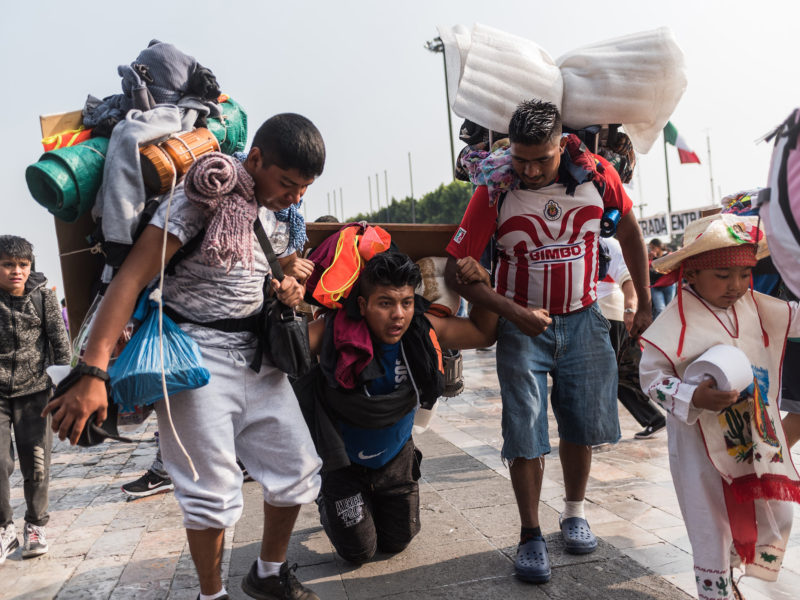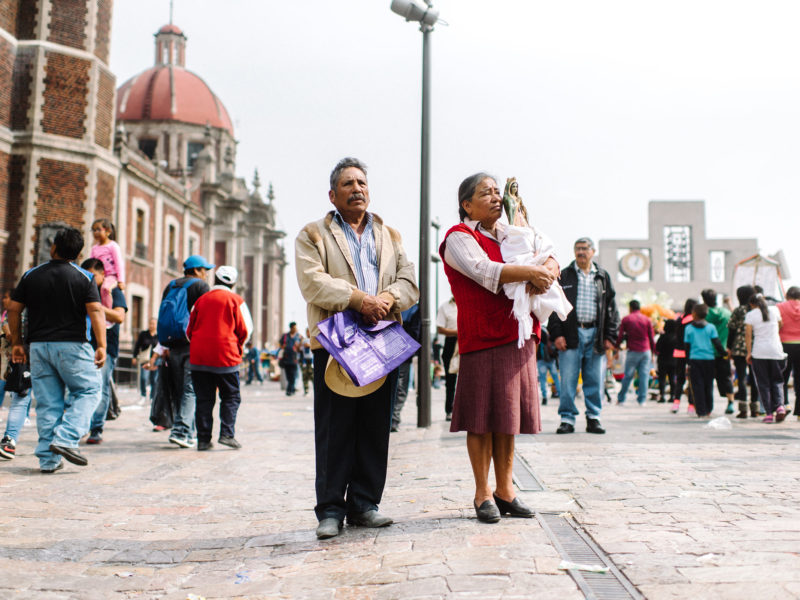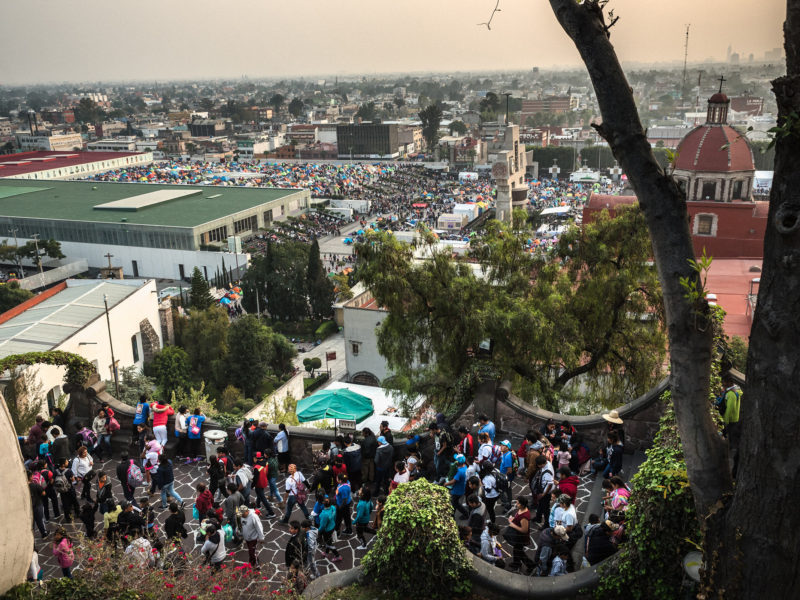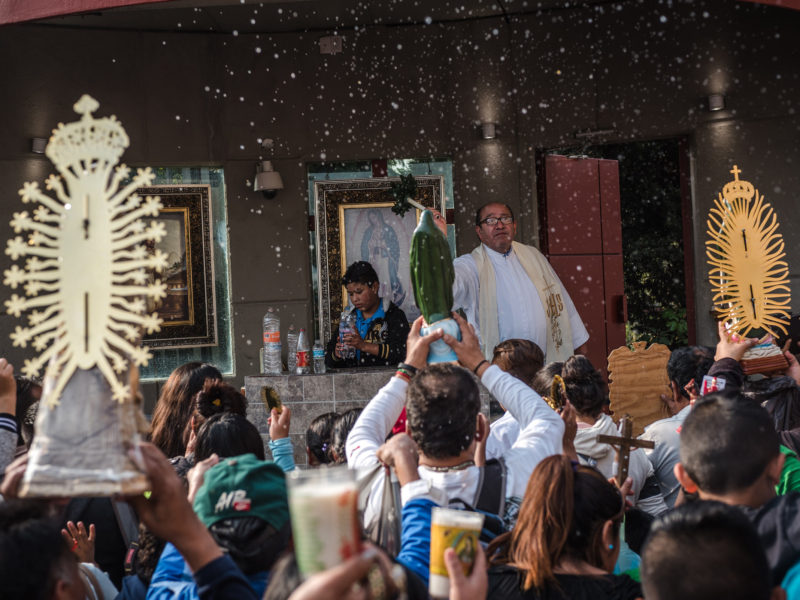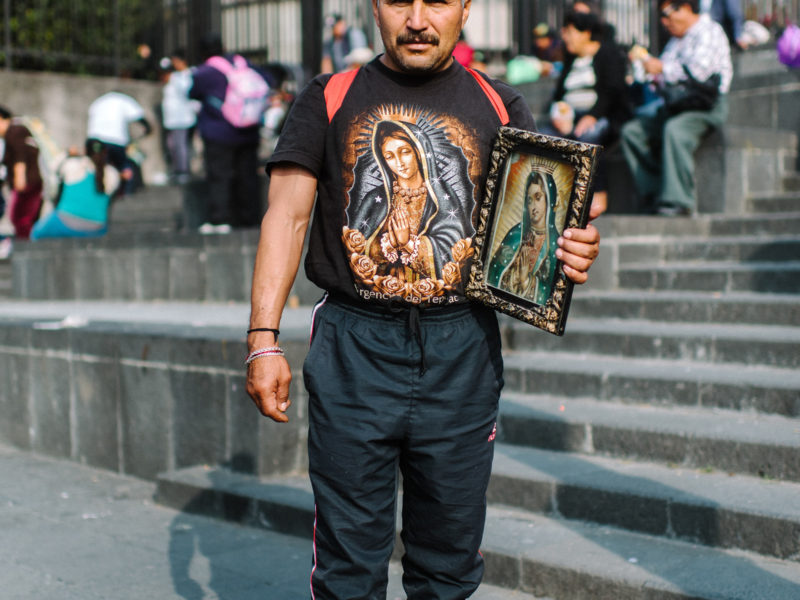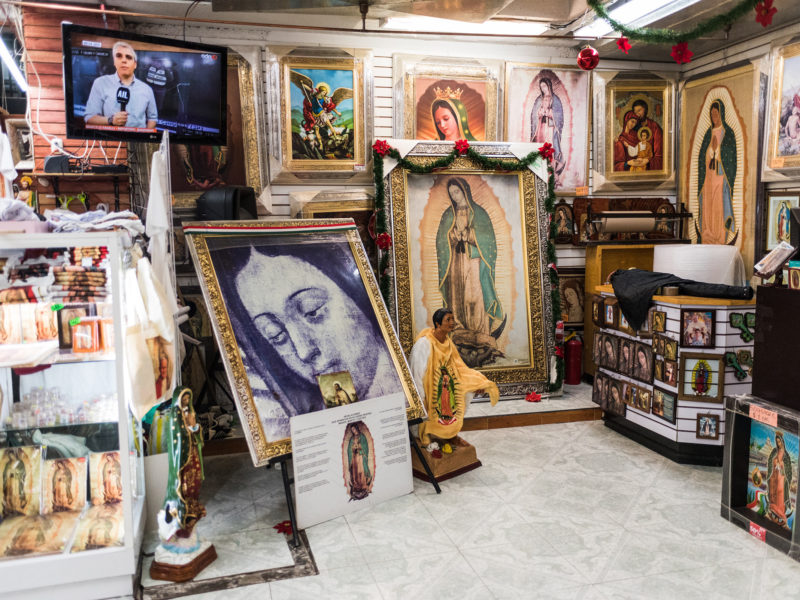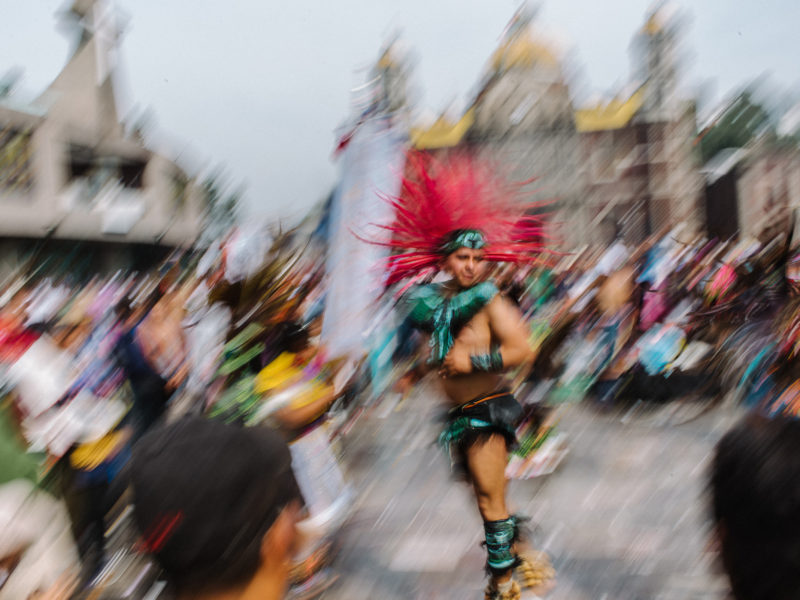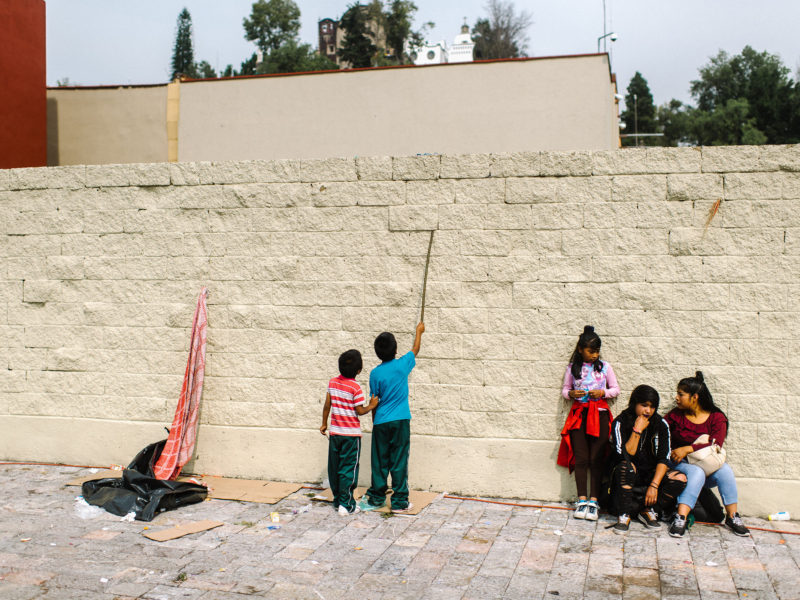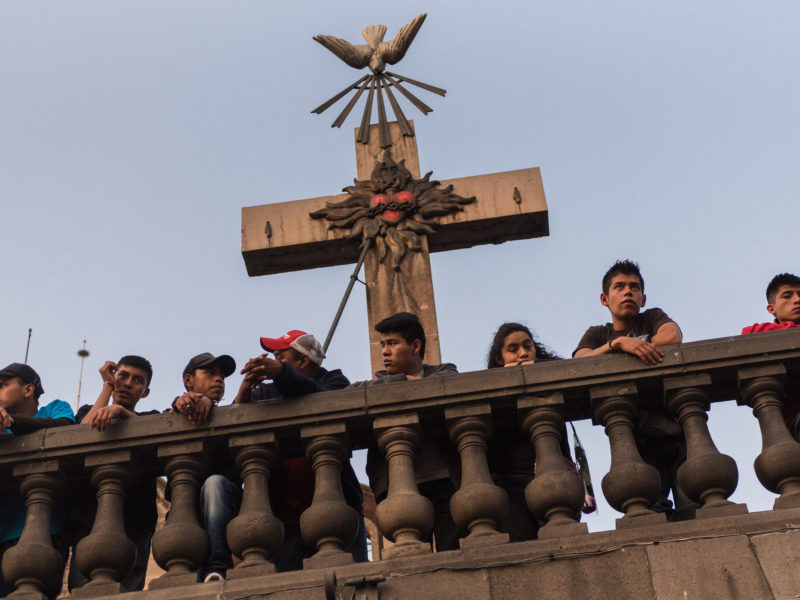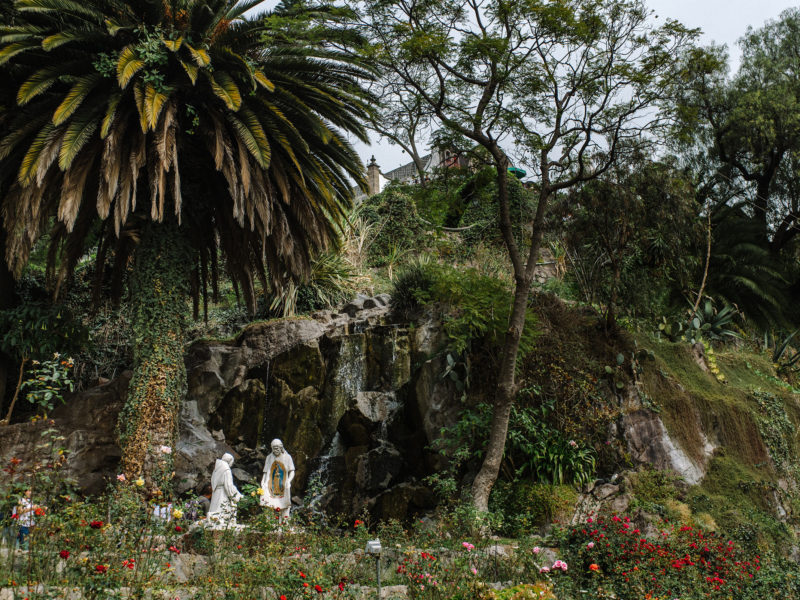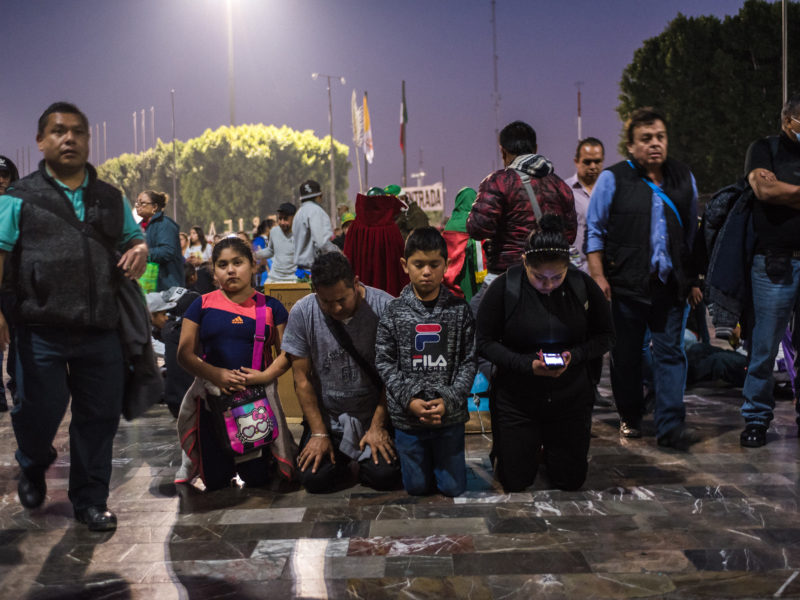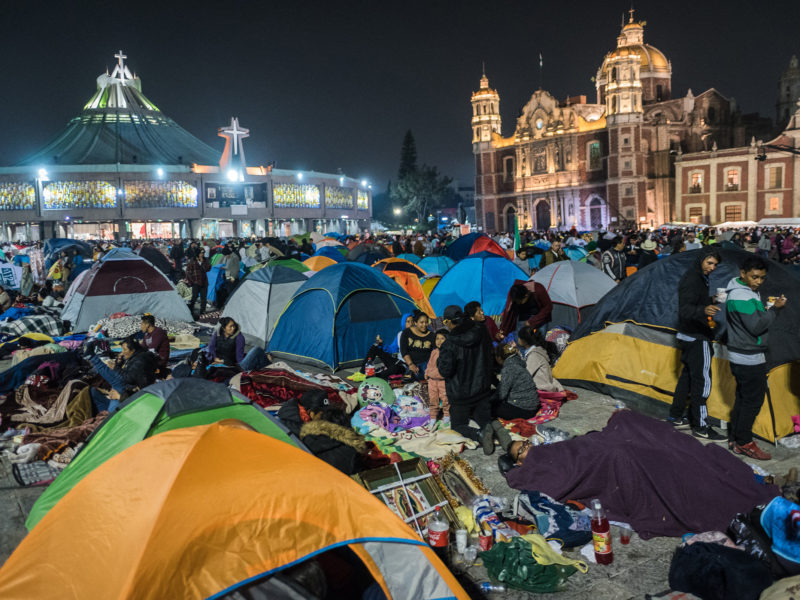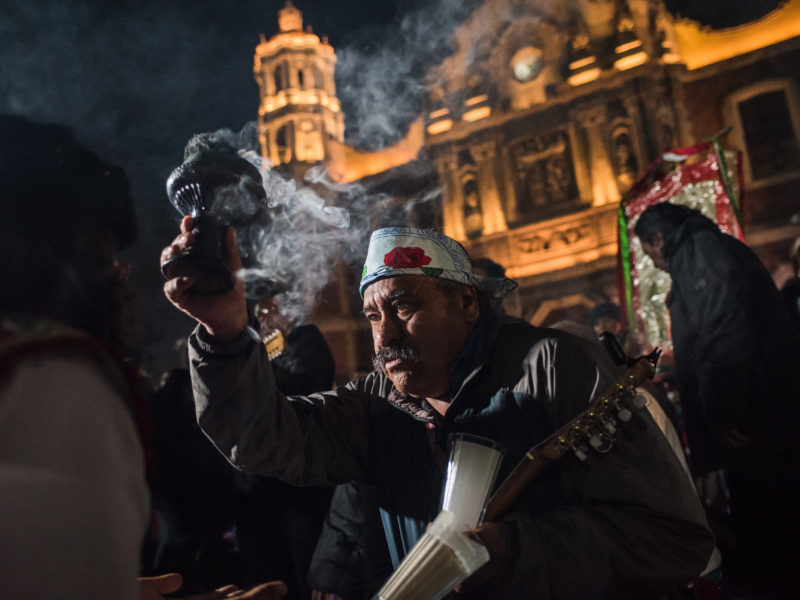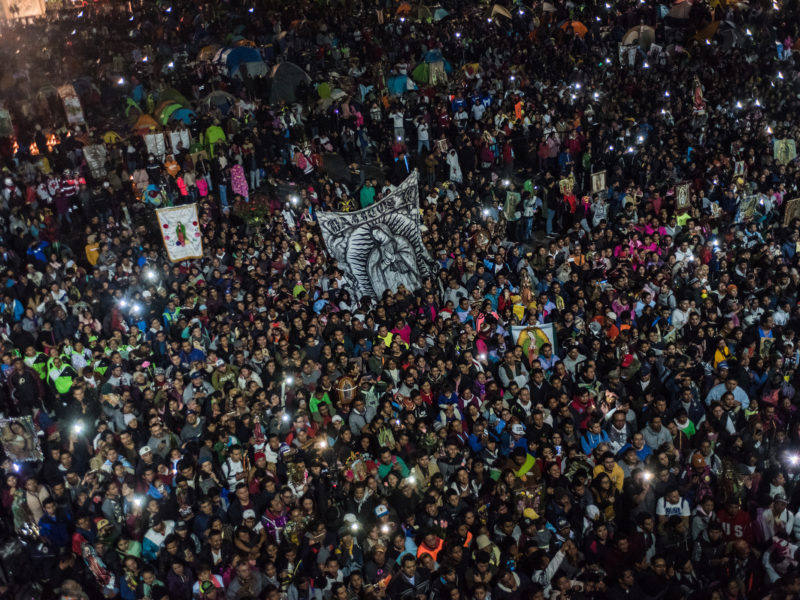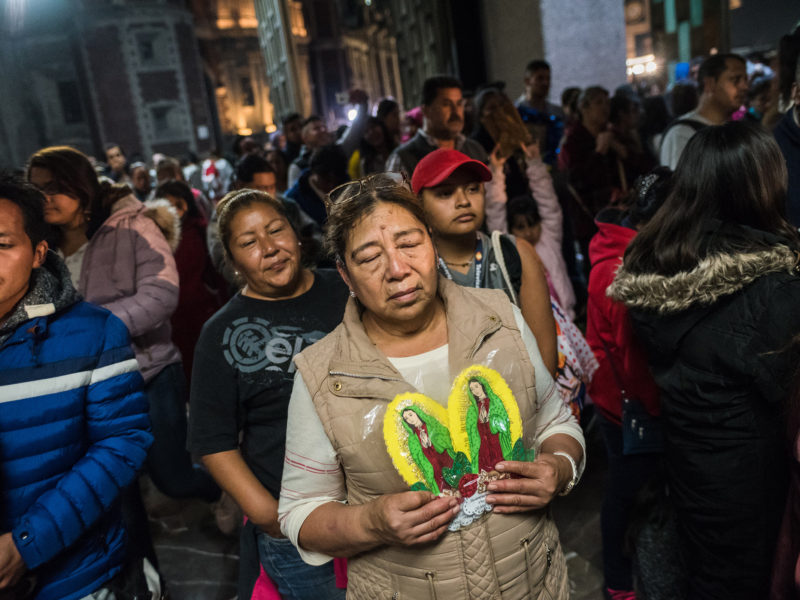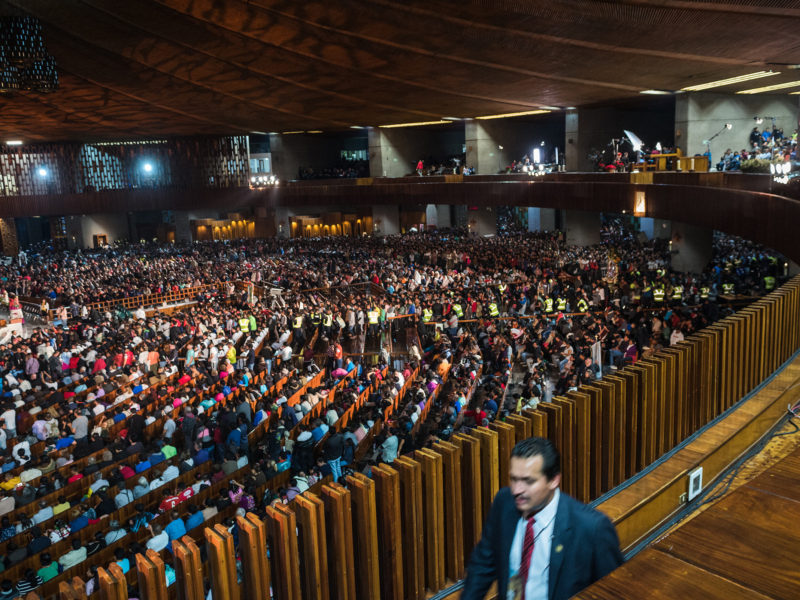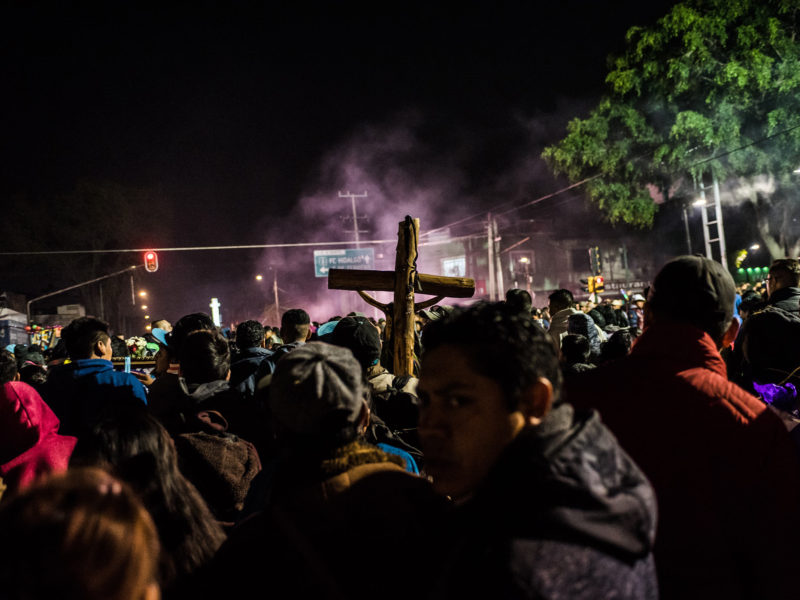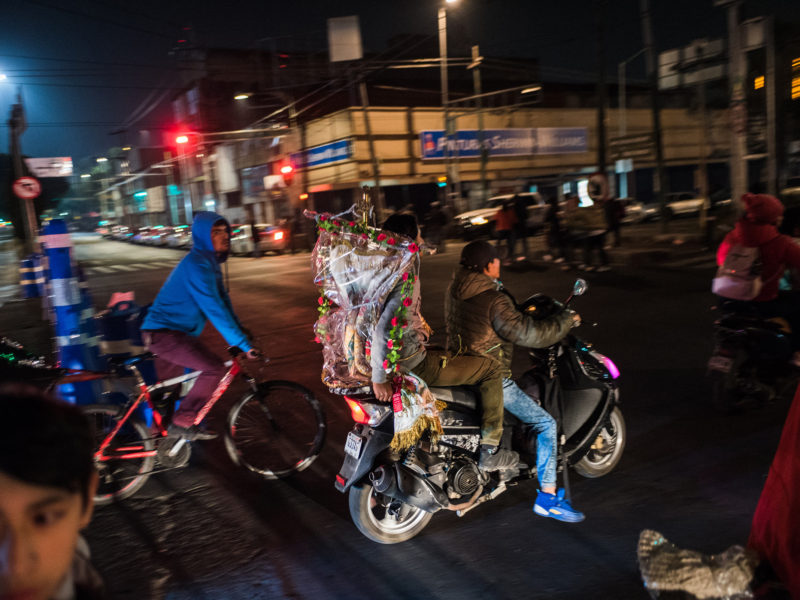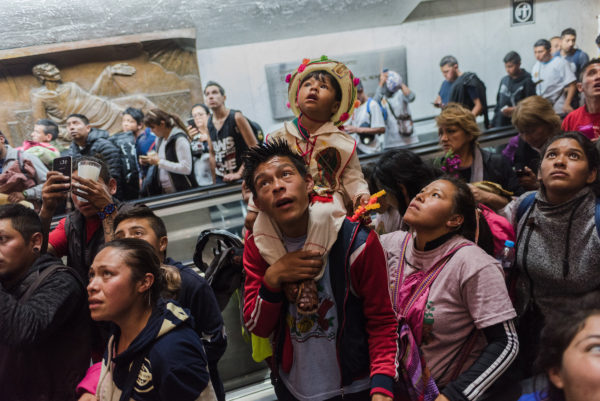
LA VIRGEN de GUADALUPE
For The New York Times; December 2018
Over the past 500 years La Virgen de Guadalupe has evolved into a powerful symbol of political, cultural and religious identity for Mexicans and Latin Americans all over the world. Many indigenous today still see Guadalupe as a syncretic mixture of Mary and Tonantzin, the Aztec mother goddess who was worshipped on the same hill at Tepeyac before the Spanish forced the Aztecs to convert. It’s a history of colonialism and devotion in a growing mestizo nation, and in many ways Guadalupe veneration is just as complex today as it was half a millennium ago.
In December 2018 I covered the annual pilgrimage to the Basilica of Guadalupe at Tepeyac in Mexico City, where 9 million pilgrims visited. When news from Mexico often revolves around drugs, violence and poverty, it’s important to show that the country is more beautiful and culturally rich than how it is usually seen in the media. This is a celebration of national identity and it was one of the most beautiful and fascinating assignments I’ve ever shot. As a Mexican-American who went to Catholic school, the image of Guadalupe has been a presence my whole life, and it was a personal and professional highlight to finally see its origin in such culturally radiant colors.
This story was inspired by Dr. Davíd Carrasco, chair of Latin American Studies at Harvard University. Last year I took his anthropology class “Moctezuma’s Mexico Then and Now: The Deep History, Triumphs, and Transformations of the Aztecs and their Descendants” and it transformed the way I think about Mexico, its culture, history, and religion. I wrote a research paper on the deep history of Guadalupe worship and how Aztec spirituality continues to influence how the people of Mexico understand and worship Our Lady of Guadalupe today. The academic paper can be read here for anyone interested in this topic.
Photographed on assignment for The New York Times in Mexico City
